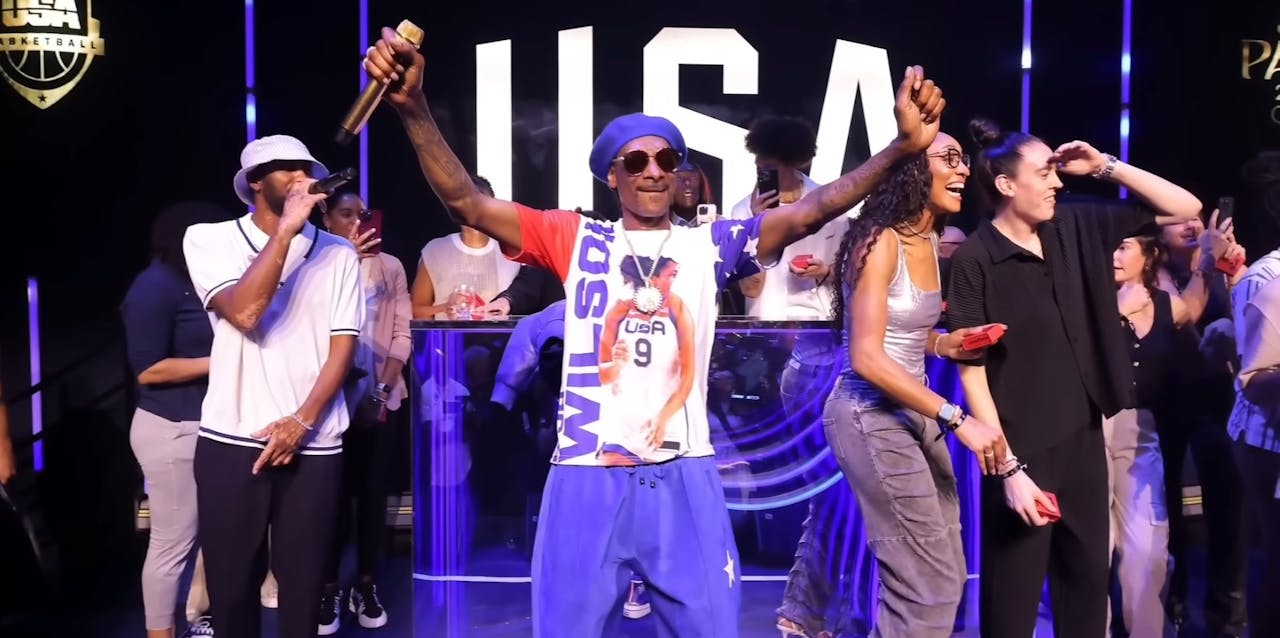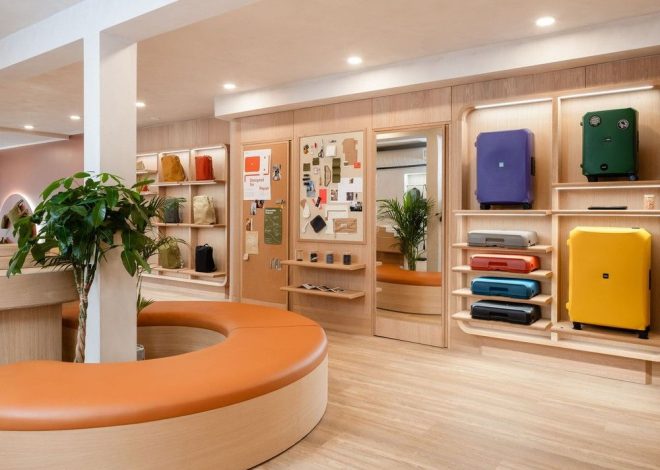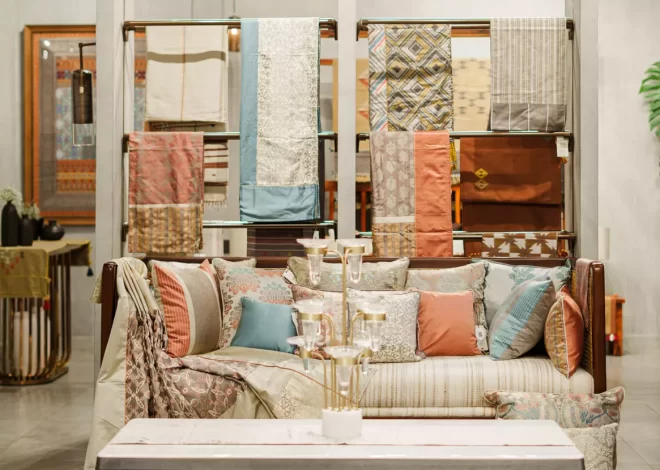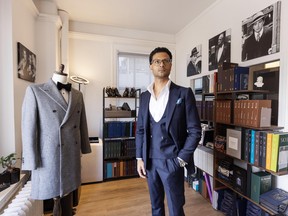
If you want to reach stylish people, forget Fashion Week
The industry event is an obvious place for any fashion brand to activate. Too obvious, says Spring Studios’s Fred Paignton, who, as part of our Fashion & Beauty Focus, offers alternatives for those who want to own the runway.
London, Paris, New York, Milan… Fashion Weeks are fun, with all the editors, all the beautiful people, all the labels, all the parties… and almost none of the spare bandwidth for your brand.
As long as there have been Fashion Weeks, there have been brands trying to edge into the space. Partnerships, goody bags, collabs, ‘activations’… Anything to get on the radar of tastemakers at a time when all the focus is on fashion and the people who consume it.
But Fashion Weeks, although excellent for many things, are not the best place to do this – if they ever were.
Powered by AI
Explore frequently asked questions
While their actual purpose is as a platform for editors, designers, buyers etc to showcase and examine the direction of travel for fashion design, it’s also become a shouting match for people trying to get noticed. Add your brand to the melee and you’ll find yourself ghost-punching in a packed room. Hit and miss.
Obviously, it’s still an important calendar moment, but it’s OK to admit that you don’t always fit on the front row. For senior marketers and stakeholders who want a piece of the culture-maker market, not being there can lead to a feeling that they’re missing out on buzz, credibility, fame, and accolades.
But fashion’s most connected moments are no longer mediated through publishers and cultural commentators, crowded around a few focused weeks of models walking down catwalks. They’re elsewhere. In destinations unknown. Off and away from fashion week – realized as new crossover opportunities.
The famous ‘fragmented media landscape’ means you no longer have to wait for those four weeks to roll around. Instead, look elsewhere to find the events and communities to make connections.
Find where there is mental availability among those involved to take notice of and properly engage with your brand. Literally pick a moment on the calendar, find a reason to exist in that moment and then do something inspiring that plays into the interests of that same person you’re trying to reach at Fashion Week.
The space for crossover is endless, but your brand needs the ambition and imagination to do this.
Here are three ways you can approach this:
Advertisement
1. Craft your own moment that shifts perspective
Whether a live event, a brand film, or a digital-first campaign, fashion storytelling is about discovering new and compelling perspectives and new ways of looking at the world. It’s about expressing something that comes from a place of knowledge and passion, tapping into a universal truth or lived experience and then finding a new way to express this. If the aim is to shift perspectives and showcase new ideas that relate to a wider cultural feeling – well, brands can find parallels here and either tell their own design-led stories or partner with fashion brands in a shared space.
For example, this idea of crossing over into other creative fields to explore new expressions and perspectives comes to the fore through brand experiments and collaborations at Salone Del Mobile, where Loewe awards its now-iconic Craft Prize, celebrating a community of makers that prioritizes artisan work.
Advertisement
2. Make ‘the journey’ worth following
Show-stopping moments can happen at Fashion Week – or before/after or a date that makes sense for the brand. The objective is not only to make some noise, but to make the spectacle a journey that is worthy of attention.
Create a big moment and have that live out on social media. But importantly, show the before, during and after. Create a moment before the moment. Examine and play with the impact after it’s happened. Be self-reflexive, shout about yourself.
Look outside of fashion at the Olympics for a recent example: NBC and its Olympics coverage. People engaged with the athletes before/after the games, at the village, etc. NBC scaled up its usual coverage from 12-14 people to 60, including 18 on the ground capturing, editing and sharing content as and when it happened. Its coverage of the Olympics (including its brilliant deployment of Snoop) became a story in itself.
Fashion is always on. It’s up to you to give people a reason to tune in.
Suggested newsletters for you
Daily Briefing
Daily
Catch up on the most important stories of the day, curated by our editorial team.
Ads of the Week
Wednesday
See the best ads of the last week – all in one place.
The Drum Insider
Once a month
Learn how to pitch to our editors and get published on The Drum.
3. And if you really, really want to tie up with Fashion Week…
For creatives and those who work for fashion brands/houses, Fashion Week can literally be their livelihood.
For brands, however, the key is to only tap into Fashion Week if it serves a purpose outside of pure promotion. Add some value: support emerging talent or facilitate connections between editors, buyers and consumers who attend the shows.
But for the biggest impact, look outside the four-week schedule of New York, London, Milan and Paris towards other opportunities that reach stylish audiences. Craft a meaningful collaboration that captures their attention, brings people in and offers a new, nuanced perspective on fashion’s ability to crossover into new cultural territories.
Continue the conversation with Fred here.


